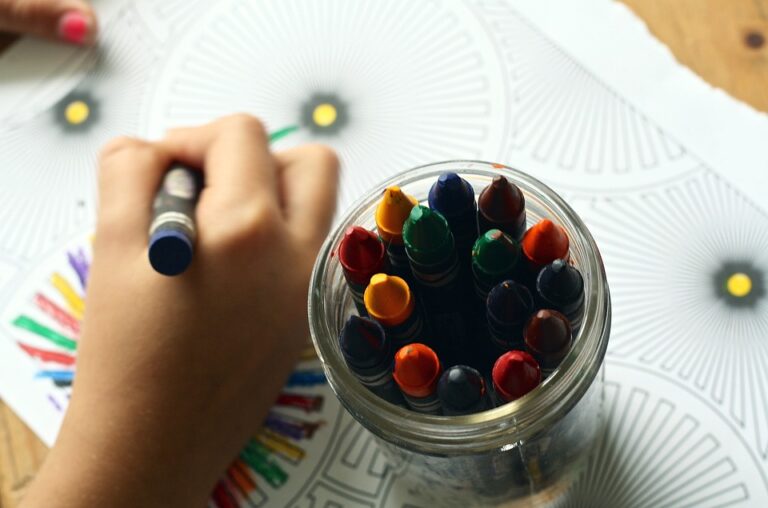“Mastering the Art of Drawing: Tips and Techniques for how to draw”
Drawing is an incredibly rewarding and fulfilling skill to develop. Whether you’re an absolute beginner or a seasoned artist, there’s always room for improvement and growth. In this article, we’ll explore some tips and techniques to help you improve your drawing skills and create beautiful artwork.
Start with the basics
The first step in learning to draw is to master the basics. This means learning how to properly hold your pencil, how to make different types of marks, and how to use shading to create depth and dimension. Practice drawing simple shapes and forms, such as circles, squares, and triangles, and gradually work your way up to more complex objects.
Use reference materials
Reference materials, such as photographs or real-life objects, can be incredibly helpful when learning to draw. Use these materials as a guide to help you capture accurate proportions and details in your artwork. As you progress, try experimenting with different angles and lighting conditions to create more dynamic and interesting compositions.
Experiment with different techniques
There are countless drawing techniques to explore, from cross-hatching and stippling to blending and smudging. Try experimenting with different techniques to find what works best for you and your preferred style of drawing. Don’t be afraid to mix and match techniques to create unique effects and textures in your artwork.
Practice regularly
As with any skill, regular practice is essential for improving your drawing abilities. Set aside time each day or week to practice drawing, even if it’s just for a few minutes at a time. The more you practice, the more your skills will improve, and the easier and more natural drawing will become.
Seek feedback and critique
One of the best ways to improve your drawing skills is to seek feedback and critique from other artists or art professionals. Join an online drawing community or take a class to connect with other artists and receive constructive criticism on your work. This feedback can help you identify areas for improvement and develop your own unique style.
Embrace mistakes
Making mistakes is a natural part of the learning process, and it’s essential not to get discouraged when things don’t turn out perfectly. Instead, use your mistakes as an opportunity to learn and grow. Take note of what went wrong and try again, applying what you’ve learned to create an even better drawing.
Stay inspired
Staying inspired is critical for maintaining your passion and motivation for drawing. Seek out new sources of inspiration, such as visiting art museums, attending art shows, or browsing online galleries. Keep a sketchbook with you at all times to capture ideas and inspirations as they come to you.
In conclusion, drawing is an incredibly rewarding skill to develop, but it takes time, dedication, and practice. By starting with the basics, using reference materials, experimenting with different techniques, practicing regularly, seeking feedback and critique, embracing mistakes, and staying inspired, you can improve your drawing skills and create beautiful artwork that reflects your unique style and creativity.


